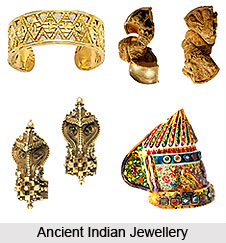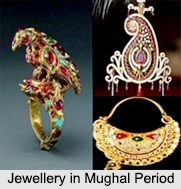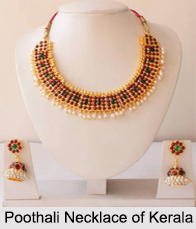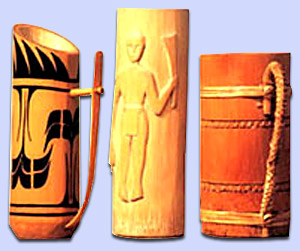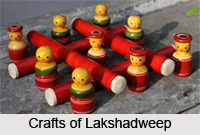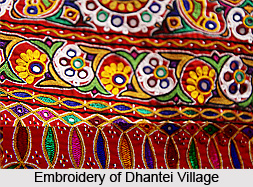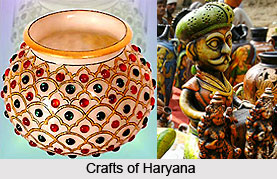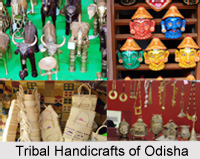 Tribal Handicrafts of Odisha reflect the creative side of the tribes of Odisha. Pottery has been a traditional art among the tribes of Odisha. Various roof tiles, utensils, and cooking stoves meet certain daily life requirements. The potter creates dedicated offerings in the forms of bulls, elephants and horses and terracotta temples and toys. Besides this, there are other forms of tribal crafts as well which are described as follows:-
Tribal Handicrafts of Odisha reflect the creative side of the tribes of Odisha. Pottery has been a traditional art among the tribes of Odisha. Various roof tiles, utensils, and cooking stoves meet certain daily life requirements. The potter creates dedicated offerings in the forms of bulls, elephants and horses and terracotta temples and toys. Besides this, there are other forms of tribal crafts as well which are described as follows:-
Cane and Bamboo Crafts
Bamboo and cane have lively qualities of nature`s raw materials which craft persons have harnessed. The structural qualities of bamboo have led to its extensive use for architectural purposes. Bamboo splits are woven together to make baskets of varied shapes and sizes. Cane has been used in the manufacture of a variety of domestic goods. These products are employed for local consumption.
Plaster and Papier Mache
Papier Mache is used to manufacture small painted boxes, trays, cases etc. In this, paper, waste cloth and different kinds of natural fibres are soaked and made into a pulp, then mixed with several seeds and gums. This would protect it from termites. Thereafter, special clays and bio-wastes are supplemented for body and support. It requires little skill to be moulded into countless forms.
The application of plasters is a woman`s medium of creative expression that is reflected in terms of colours and symbols. From the clay colors such as ochre, geru, charcoal grey and white are used naturally or mixed with pigments that are purchased from the markets. The geometric forms like a straight line, a square covered in dots, waves, triangles pointing to the sky and downwards are depicted. The tools used for applying the plasters are basic.
Stone Crafts
Stone Artisans who practice stone carving in Odisha are tradition-bound while producing objects of ritualistic, decorative and practical use. Turned utensils for both cooking and serving and artifacts are made in Khiching which is located on the borders of Mayurbhanj and Keonjhar districts. It is made from a partially hard, grey stone. Beads and figurines are carved out of soft stones that are available in many shades of orange in Phulbani district.
Theatre Crafts
Desiya Natya of Odisha derives its style in some part from Prahlada Natakams and Jatras of the Hindus. Colorful costumes, embroidered head dresses and painted masks are worn by the main actors. Imaginative props are a craft in themselves. Masks are made of papier mache and sholapith.
